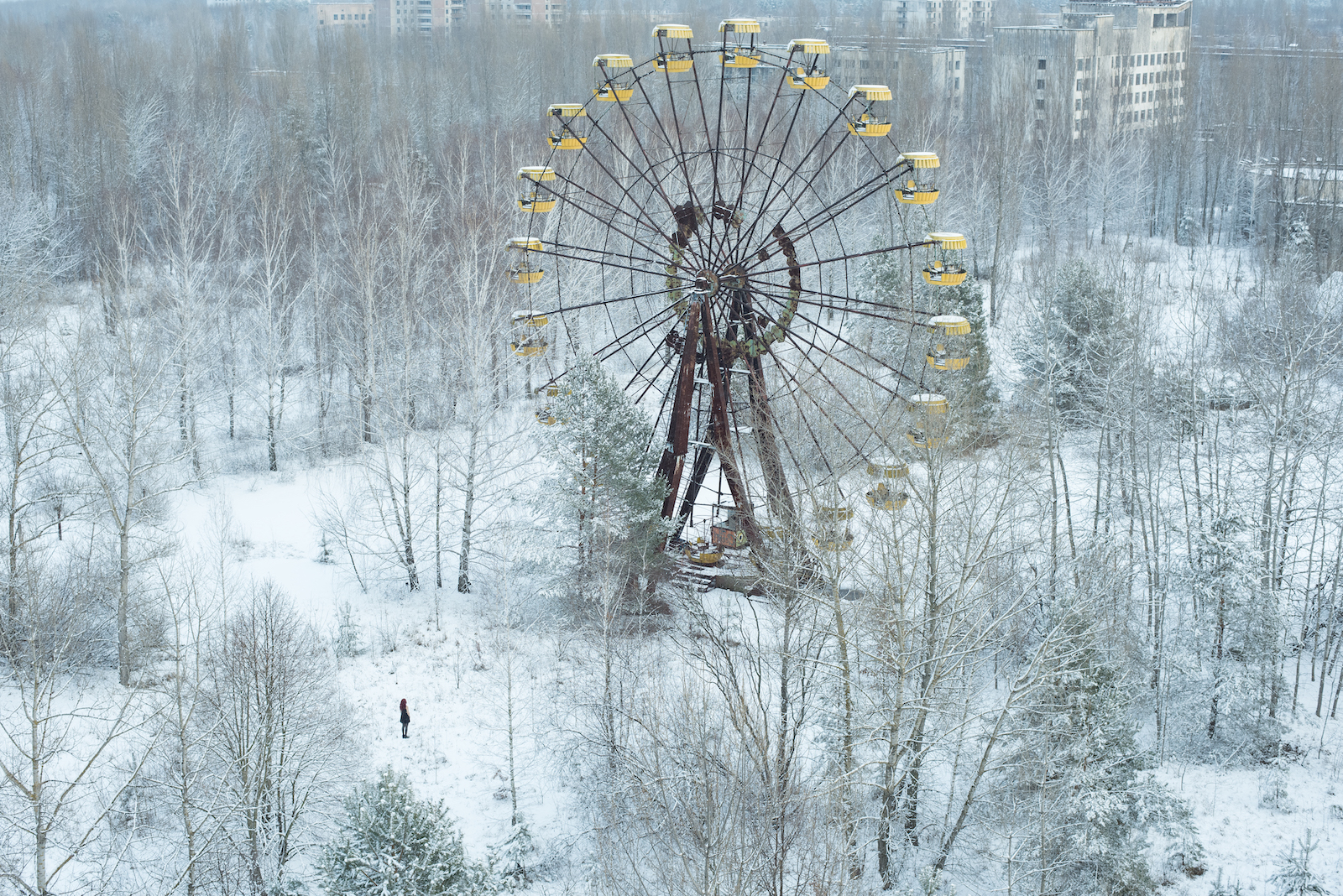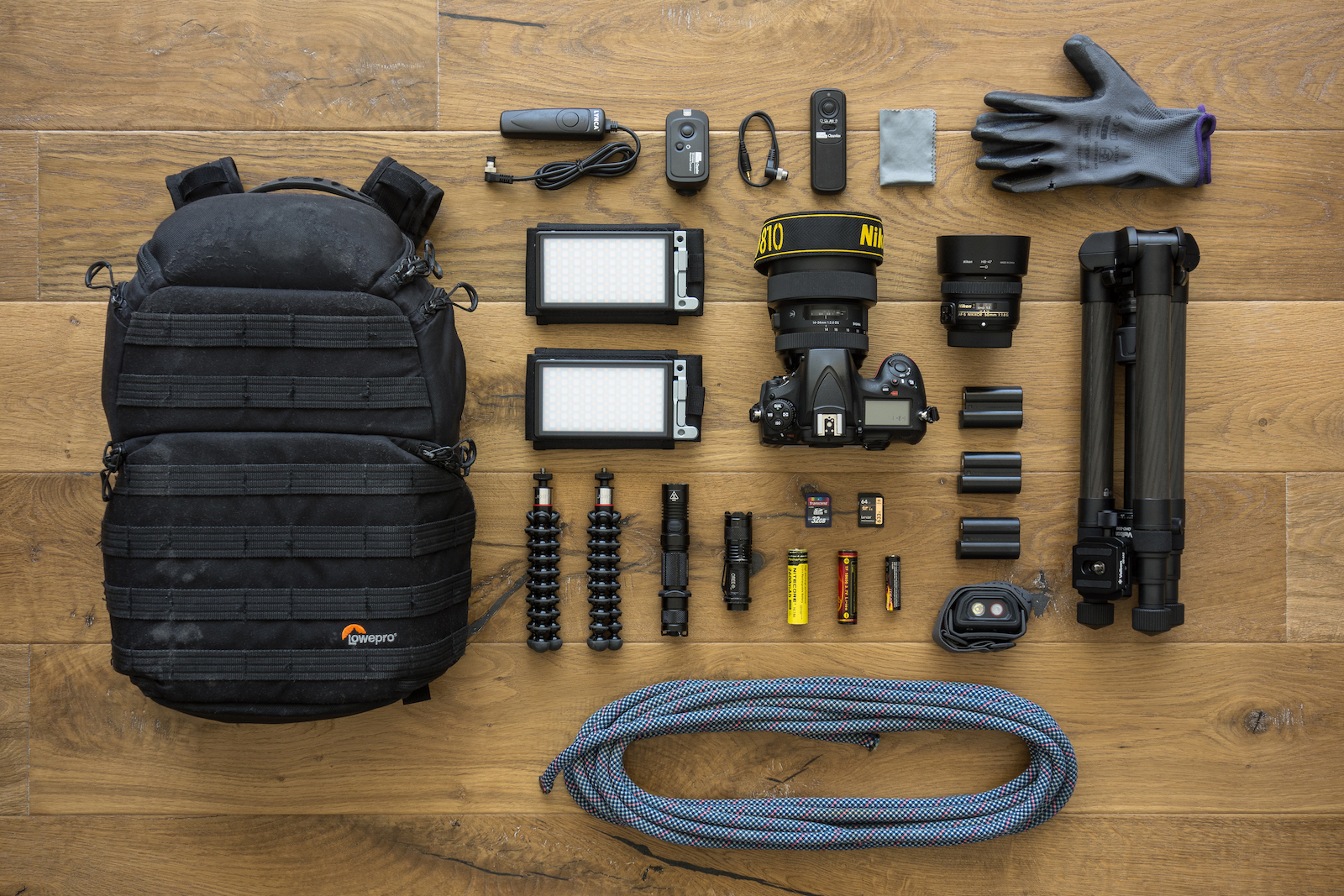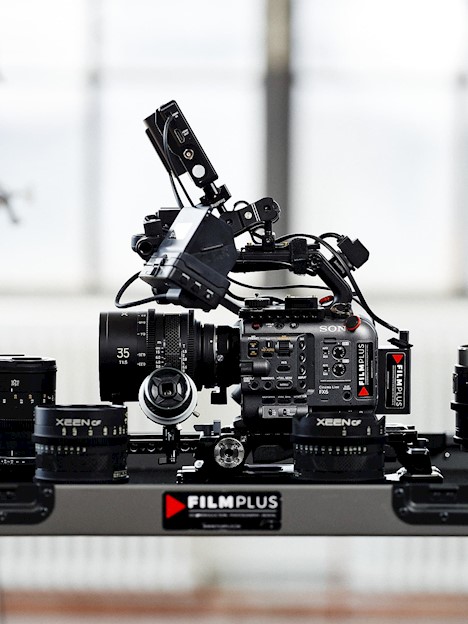Who is David de Rueda?
I’m a photographer and urban explorer from France. Traveling the world to explore abandoned and off-limits places, I’m also inspired by night scenes and great landscapes. As far as I remember, I’ve always been in love with images. Back when I was a teenager, we were filming short movies with friends. I naturally went into photography when I got my first point-and-shoot camera and never stopped since.
What is urban exploration?
Urban exploration is a modern way to live adventures in our cities and beyond. It consists of exploring abandoned and off-limits places we don’t normally get to see. From old castles to heavy industries, from the deepest tunnels to the highest rooftops, the variety of sites to be explored is unlimited.

When I began with urban exploration, I didn’t even know there was a name for it. I’ve always been intrigued by abandoned façades when most people don’t notice them. The first time I entered a building saying to myself “let’s see what’s inside”, it was a huge submarine base from the Second World War. It was quite impressive spending hours in an endless maze of tunnels and halls. I had the strong sensation being in a parallel world no one else knows. Like photography, I’ve kept exploring since that time, looking for new adventures.

Road trips are a great way to discover a country and its hidden treasures. A couple of years ago, I did a three-month trip through the USA, from New York City to Los Angeles. I explored many of amazing places and filmed Urban Escape, a documentary about American urban explorers. From the top of NYC bridges to plane graveyards under the moonlight in California, spending three months on the road was an adventure of a lifetime.

Some of my most memorable explorations also took place in the former Soviet Union, where brutalist architecture meets with immense projects. The most epic one happened in Kazakhstan, where I managed to explore the relics of the Soviet space race in Baikonur. Two gigantic hangars in the middle of the desert containing two space shuttles and a rocket launcher, abandoned for 30 years. This exploration required a lot of preparation and some luck too, as it was a leap into the unknown.
There are dozens of places I want to see, all around the world!

Beginners guide to urban exploration photography
Before starting to take pictures, it’s always interesting to explore first. For the pleasure of the visit of course, but also to get a sense of the place and what is worth being photographed.
Then, focusing on the best point of views and make the better out of each scene is a good way to create images to be proud of. I’d rather spend more time on one good photograph than several average ones. Looking for interesting atmospheres, playing with perspectives and light are the main elements to start with.

Photography equipment
With the camera, the tripod is one of the main equipment of the urban explorer. Urbex photography often means low light conditions, that’s why a tripod is mandatory to get sharp pictures at low ISO. It also helps to improve the framing. A tripod with a good size/weight ratio is the best, as exploring requires to move around easily.
In my backpack, you can find a full-frame DSLR camera, a wide-angle lens (14-24mm), a standard 50mm lens, flashlights, RGB LED panels, remote controls and enough batteries.

How to plan an excursion
- How to choose which places to visit
Choosing which place to visit really depends on one’s tastes and ambitions. For the first explorations, don’t opt for locations with a too difficult access, as it’s important to gain experience. One step at a time! - Equipment in addition to photography gear
Work gloves and flashlights are very convenient, as well as sturdy shoes you’re comfortable to climb with. Wear discreet colors. From time to time, a rope can be needed too. For longer explorations, don’t forget to take water and snacks. - Safety
By definition, abandoned and off-limit places aren’t secured. You have to keep that in mind all the time and always be very cautious about where you put your feet and hands on, because danger can be everywhere. If you don’t trust a floor, a staircase or a ladder, don’t try it. Accidents can happen very quickly. I’ve personally been very close: while I was exploring an abandoned hotel in New York, the floor suddenly gave way under my weight. Luckily, I could stop my fall with my elbows and climb back up. The hall below me with 5-6 meters high… Moreover, it’s important that a friend or family knows where you are and when they need to worry if you don’t come back. Exploring with someone else is safer too. - Research
An exploration usually starts way before actually exploring. It involves more or less research to find a place (most of the time, a hard-to-find location will be more interesting). Some places will take an investigation that will make you feel like a true detective. If you start with a picture or a name, you’ll need to gather more clues to find the location. There’s plenty of online tools (satellite views, building databases, forums, news articles…) which help in the quest. When you’re on site, take the time to check the area in order to find the easiest entrance. And remember, take nothing but pictures, leave nothing but footprints!






